3 February 2021
During the Virtual Experience Day, you will follow a mini-lecture, engage in a Problem-Based Learning (PBL) tutorial group and meet our current students and admission advisor to ask all of your questions.
Thank you for visiting our Biobased Materials programme during the LOBS master day, we enjoyed meeting you! On this page we would like to provide you with some additional information so you can see whether this programme is the right match for you.

What our master’s programme in Biobased Materials entails?
Find out all ins and outs in this video!
We’ll tell you about the field of Biobased Materials, Maastricht University, the programme, admission criteria and more.
Talk to one of our current students in a personal skype call to ask all of your questions and to find out more about the programme.
I want to schedule an appointment
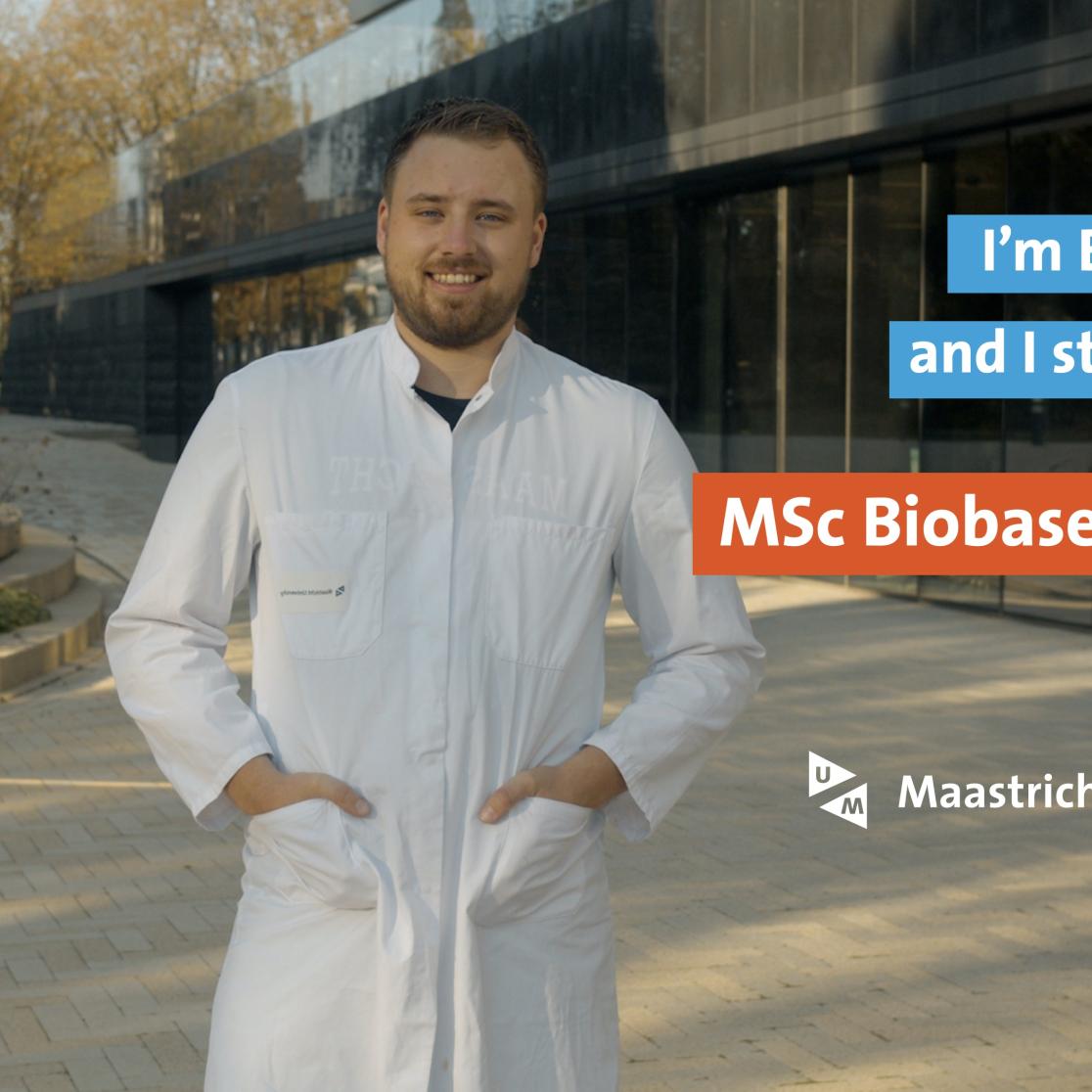
We hope that by now you have an idea of what the master's programme Biobased Materials entails and whether it's the right programme for you. Visit our official programme page to find out more about admission criteria and to apply.
Do you have any questions about the programme or events? Mail us!
fse-master@maastrichtuniversity.nl
Questions about admissions? Mail to
fse-admissions@maastrichtuniversity.nl
There are parking spaces on the side of the building, of which 1 spot near the main entrance is intended as a parking for disabled people. These are only accessible by means of the UM card if permission has been granted by the building manager.
There are 3 elevators and all stairwells are equipped with an armrest.
The elevator in zone B (at the main entrance) goes from floor -1 (basement) to floor 4. The elevator in zone F goes from floor 1 to floor 3. The elevator in zone C goes from floor 0 to floor - 1 (colloquium rooms)
In the E-zone (teaching areas), a number of floors are not accessible for wheelchair users, namely floors E2 and E3. In addition, meeting room B3.01 is not accessible for wheelchairs.
In the Franz-Palm lecture hall, only the upper gallery is suitable for the disabled audience. Wheelchair users who give presentations here can use the Kruithuis entrance via the entrance with help of an attendant and through the elevating platform; the presentation area of the room can be reached.
A wheelchair accessible toilet is available in building zone E0 and zone A-1. Please follow the signage.
In case of emergency, the elevators are disabled. If you need help to flee via the stairs, help is available: our emergency response officers (company emergency responders) will help you to leave the building via the stairwell with a so-called EVAC chair.
What to do when the fire alarm goes off:
There are parking spaces on the side of the building (see location Ts53). These are only accessible by means of the UM card if permission has been granted by the building manager.
There are no elevators. The stairwell is equipped with an armrest.
The areas on the first and second floor are not accessible with a wheelchair.
There are no wheelchair-accessible toilets in the building. For this, it is necessary to move to the Ts53 building.
What to do when the fire alarm goes off:
Parking spaces are available at location Ts53. These are only accessible by means of the UM card if permission has been granted by the building manager. The rear entrance of the Ts49 building is easily accessible via the parking lot.
There are no elevators. The stairwell is equipped with an armrest.
Except for the areas on the ground floor, areas in this building are not accessible with a wheelchair.
There are no wheelchair accessible toilets in the building. For this, it is necessary to move to the Ts53 building.
What to do when the fire alarm goes off:
Parking spaces are available at location Ts53. These are only accessible by means of the UM card if the building manager has granted permission. The entrance to the Ts49a building is easily accessible via the parking lot.
Since there is only one floor (ground floor), there are no elevators or stairs. Only the entrance to the BEElab has a few steps.
Only areas of the BEElab (0.001 to 0.004) are not accessible with a wheelchair.
There are no wheelchair accessible toilets in the building. For this, it is necessary to move to the Ts53 building.
What to do when the fire alarm goes off:
There are parking spaces on the side of the building. These are only accessible by means of the UM card if the building manager has granted permission.
There are 3 elevators and all stairwells are equipped with an armrest. All elevators are accessible from the main entrance in building C-1. The elevator in the centrally located building section C-1 (at the main entrance) goes from floor -1 (entrance) to floor 1 (of building section F). The elevator in building part D goes from floor -1 to floor 2. The elevator in building part I goes from floor -1 to floor 2.
Rooms D2.008 to D2.018, F2.004 to F2.029 and I2.008 to I2.018 are not accessible for wheelchair users.
A wheelchair-accessible toilet is available in building C-1 (room C-1.001) (near the main entrance), D0.003, F0.016, F0.031 and I0.004. Please follow the signage.
In an emergency, the elevators are disabled. If you need help to flee via the stairs, help is available: our emergency response officers (company emergency responders) will help you to leave the building via the stairwell with a so-called EVAC chair or EVAC mattress.
What to do when the fire alarm goes off:
Thank you for visiting our Systems Biology programme during the LOBS master day, we enjoyed meeting you! On this page we would like to provide you with some additional information so you can see whether this programme is the right match for you.

What our master’s programme in Systems Biology entails?
Find out all ins and outs in this video!
We’ll tell you about the field of Systems Biology, Maastricht University, the programme, admission criteria and more.
Talk to one of our current students in a personal skype call to ask all of your questions and to find out more about the programme.
I want to schedule an appointment
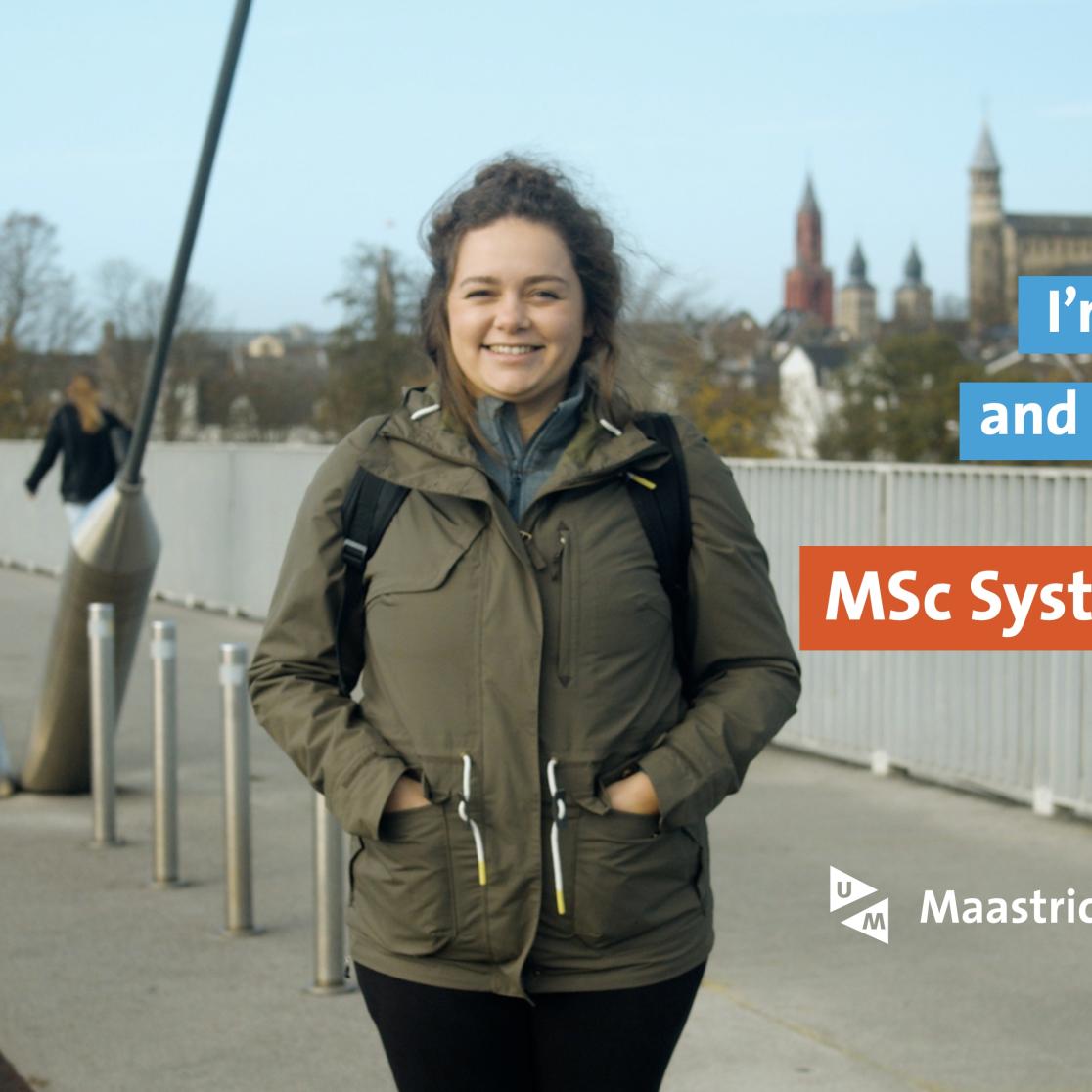
We hope that by now you have an idea of what the master's programme Systems Biology entails and whether it's the right programme for you. Visit our official programme page to find out more about admission criteria and to apply.
Do you have any questions about the programme or events? Mail us!
fse-master@maastrichtuniversity.nl
Questions about admissions? Mail to
fse-admissions@maastrichtuniversity.nl
Eighteen students completed their bachelor's degree in 2020 with a thesis that was labelled ‘excellent’ by their faculty. Here you will find a short introduction to these excellent theses in the form of an "elevator pitch" from each student, plus a video in which the supervisor briefly addresses the lucky winner.
Faculty of Psychology and Neuroscience | Bachelor Psychology
Ana's elevator pitch
Have you ever felt a deeply relaxing, fuzzy tingling sensation in your scalp as you listened to the calm voice of a narrator telling their story? If this sounds familiar, then you are not alone! In fact, the feeling has a name: Autonomous Sensory Meridian Response (ASMR). Praised for its calming, sleep-inducing and soothing effects, many experiencers have reported to use it for their struggles with insomnia and daily anxieties. However, despite its mainstream popularity and claims of helpfulness, we know only little about the phenomenon. Well, someone has to start somewhere. So as one of the first, we explored the changes of brain activity during ASMR.
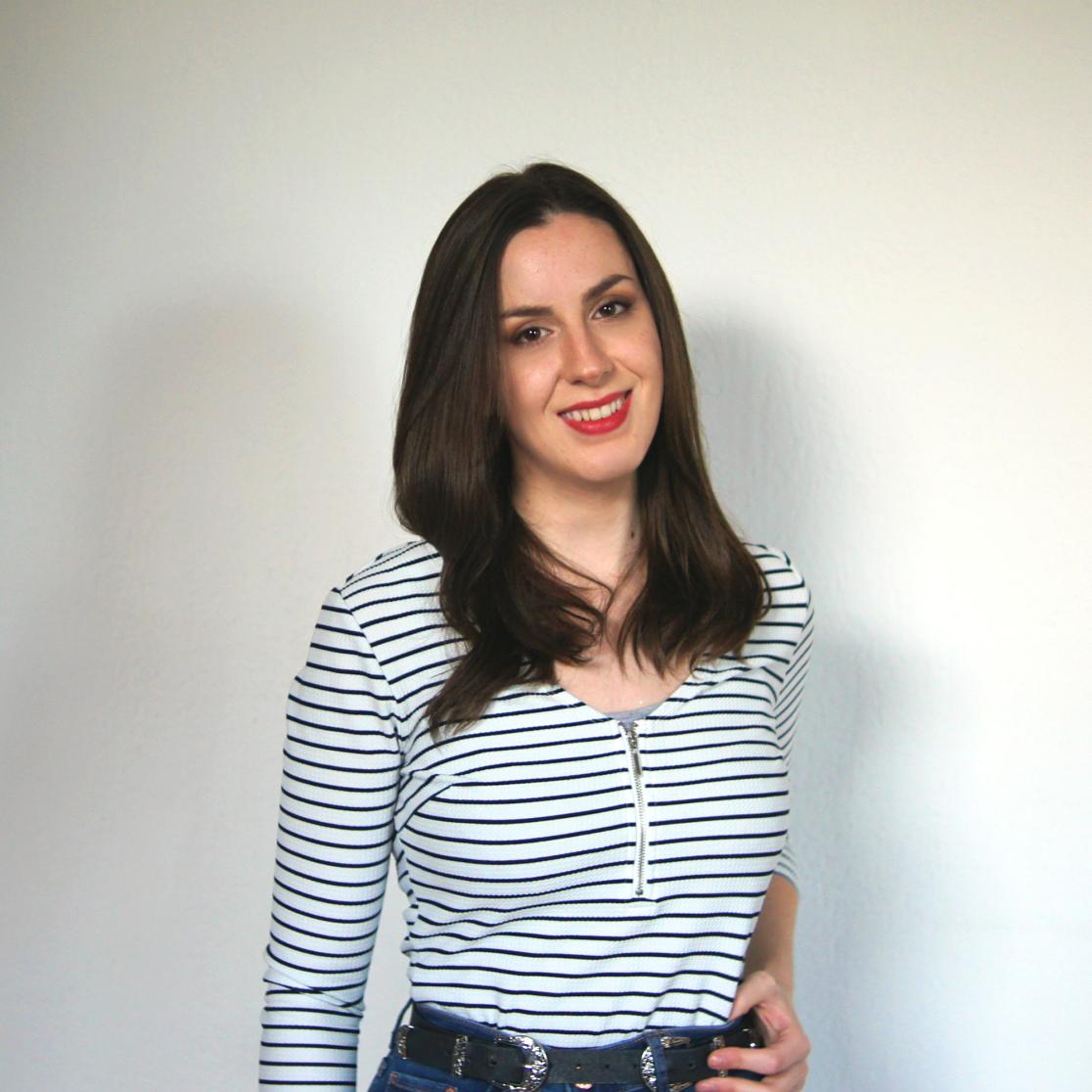
In this video Ana's is addressed briefly by the immediate supervisor.
Eighteen students completed their bachelor's degree in 2020 with a thesis that was labelled ‘excellent’ by their faculty. Here you will find a short introduction to these excellent theses in the form of an "elevator pitch" from each student, plus a video in which the supervisor briefly addresses the lucky winner.
Faculty of Health, Medicine and Life Sciences | Bachelor Health Sciences
Esther's elevator pitch
The transition of adaptive cardiac hypertrophy to heart failure is characterized by impaired angiogenesis, resulting in capillary rarefaction of the myocardium and leading to cardiac dysfunction.
MicroRNAs are pivotal in negatively regulating post-transcriptional activity by fine-tuning mRNA levels. Research in cancer suggested miR-30d as important regulator of cell migration, invasion and proliferation, three hallmark events of endothelial cells in the process of angiogenesis.
The proposed research aims at investigating the mechanism of miR-30d-3p related to the angiogenic capacity of cardiac endothelial cells in heart failure, by clarifying miR function and target genes via in vitro/in vivo miR-30d-3p expression level modulation, human and mouse heart failure samples, and 2D in vitro models.
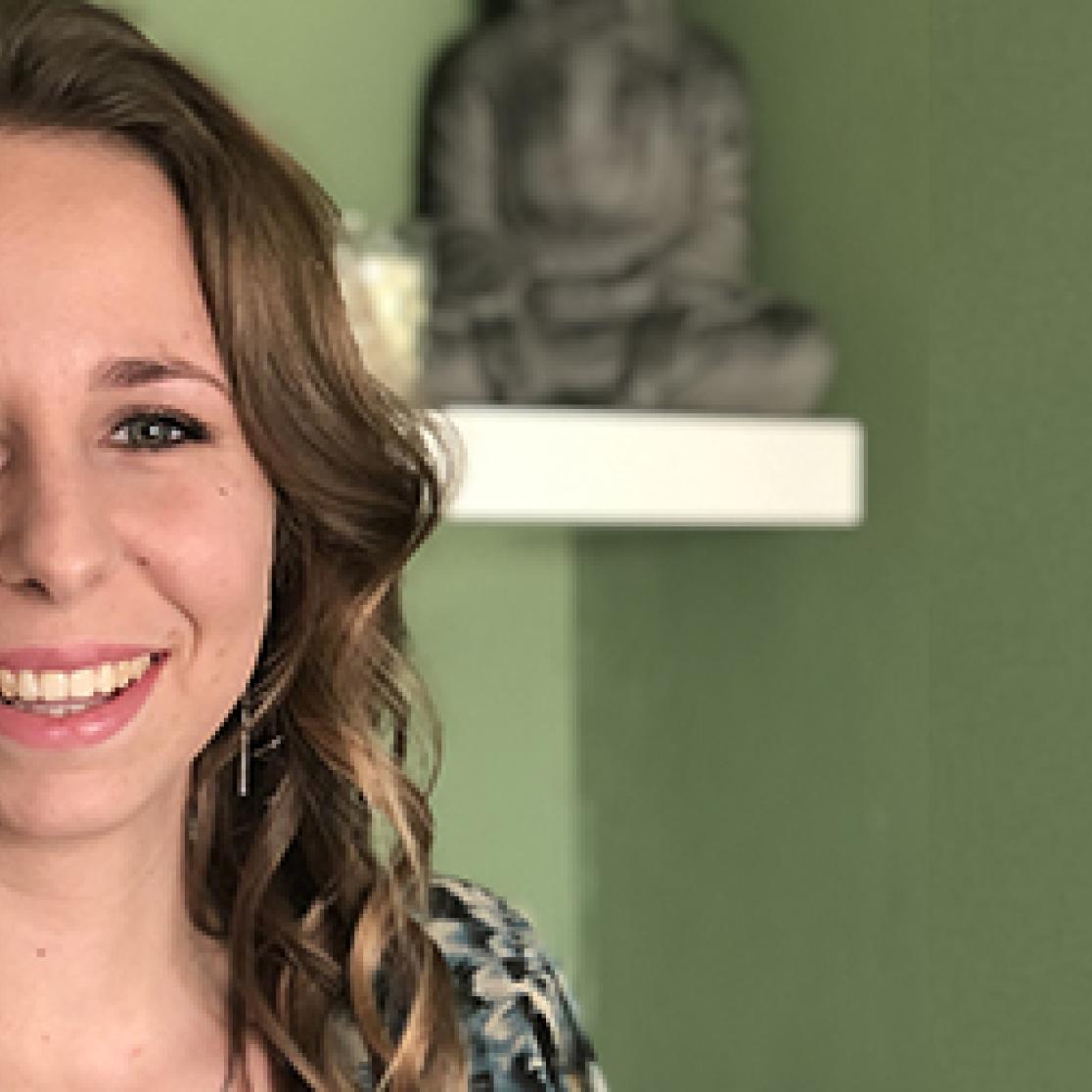
In this video Esther is addressed briefly by the immediate supervisor.
Eighteen students completed their bachelor's degree in 2020 with a thesis that was labelled ‘excellent’ by their faculty. Here you will find a short introduction to these excellent theses in the form of an "elevator pitch" from each student, plus a video in which the supervisor briefly addresses the lucky winner.
Faculty of Health, Medicine and Life Sciences | Bachelor Medicine
Gijs' elevator pitch
In the Honours project “Biomarkers of oxidative stress” my team and I embarked on a journey exploring the potential of a greatly underestimated technique called Electron Paramagnetic Resonance (EPR) Spectroscopy. We validated a method for direct quantification and identification of reactive oxygen species (ROS) in blood with EPR Spectroscopy, using spin trapping agents that enable conservation of these highly reactive molecules. By validating a method able to measure ROS directly, we provided a tool that can both contribute to preventing and managing chronic diseases as well as provide a basis for evidence based-environmental health protection. Finally, we conducted a self-experiment to examine the effect of particulate matter on ROS-levels
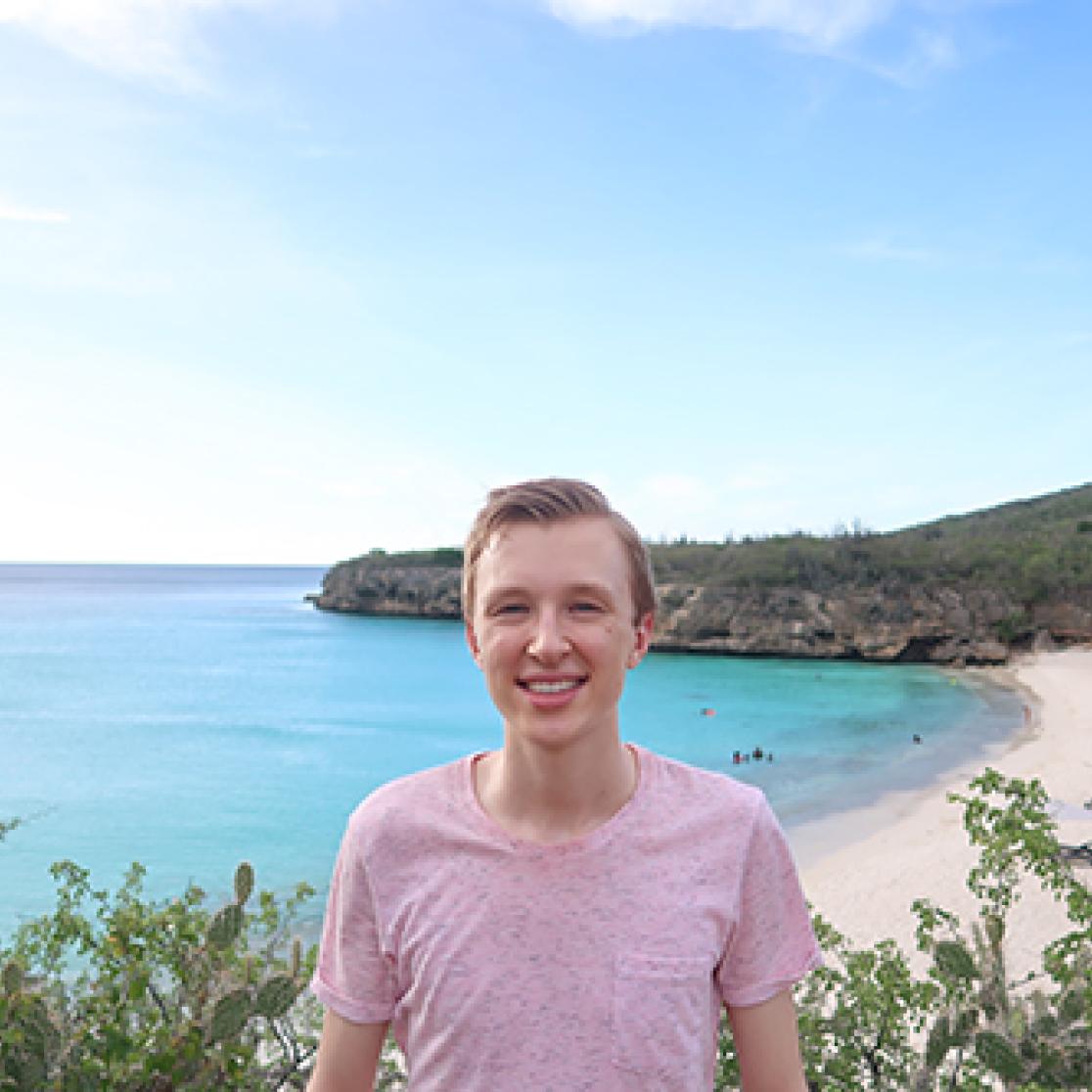
In this video (in Dutch) Gijs is addressed briefly by the immediate supervisor.
Eighteen students completed their bachelor's degree in 2020 with a thesis that was labelled ‘excellent’ by their faculty. Here you will find a short introduction to these excellent theses in the form of an "elevator pitch" from each student, plus a video in which the supervisor briefly addresses the lucky winner.
Faculty of Health, Medicine and Life Sciences | Bachelor European Public Health
Johanna's elevator pitch
Oocyte donors are currently not adequately protected by European Union legislation. In my thesis, I provide a comprehensive overview of the existing research on the physical and non-physical risks of oocyte donation for donors. While the findings highlight the relevance of certain short-term physical risks, they also reveal a high degree of uncertainty about the long-term physical risks, as well as a profound psychosocial impact of the donation on oocyte donors. Thus, I conclude that the focus of oocyte donor protection measures should go beyond short-term physical risks and also consider long-term risks and psychosocial risks.
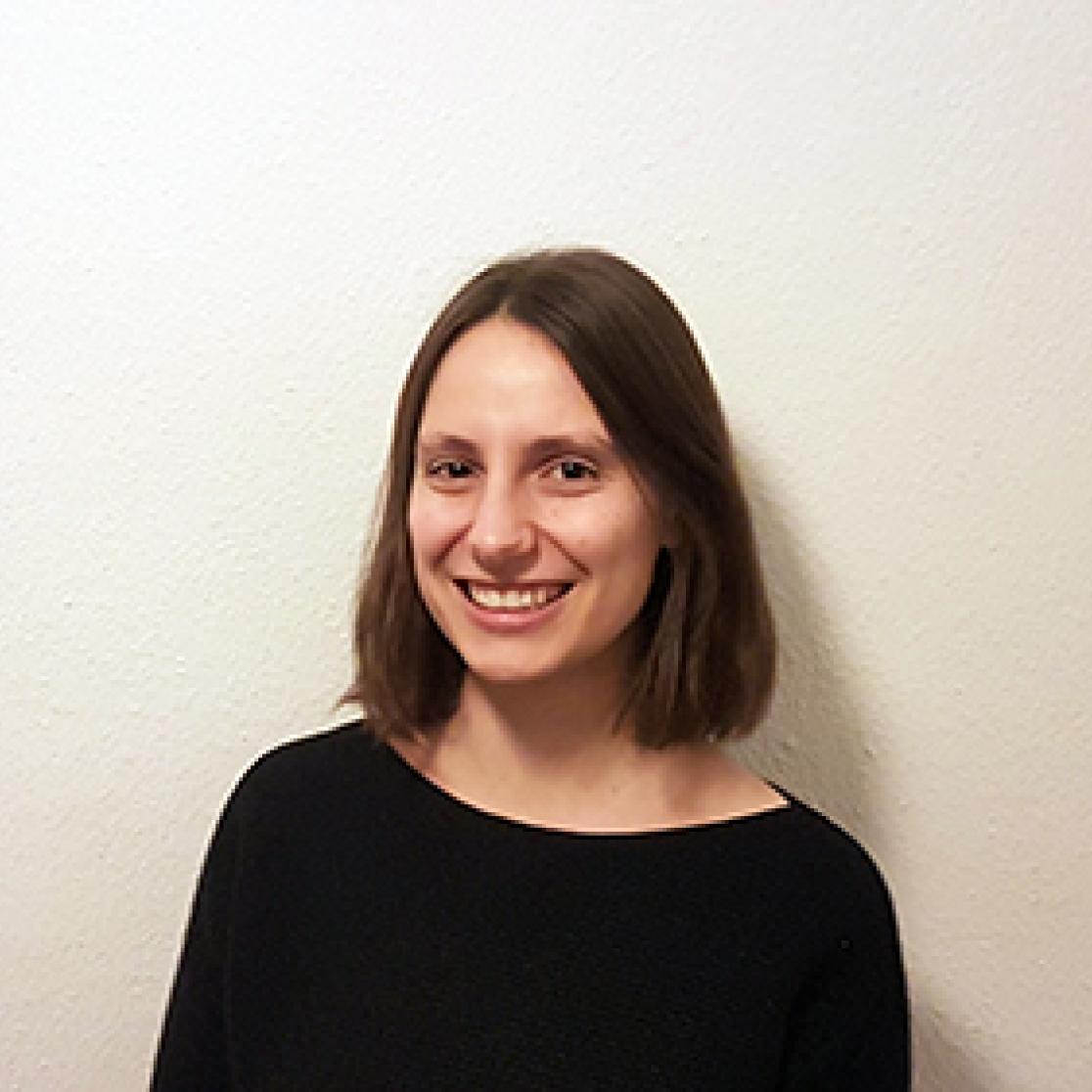
In this video Johanna is addressed briefly by the immediate supervisor.
Eighteen students completed their bachelor's degree in 2020 with a thesis that was labelled ‘excellent’ by their faculty. Here you will find a short introduction to these excellent theses in the form of an "elevator pitch" from each student, plus a video in which the supervisor briefly addresses the lucky winner.
Faculty of Health, Medicine and Life Sciences | Bachelor Biomedical Sciences
Evi's elevator pitch
The fatty liver secretes proteins (hepatokines) that cause insulin resistance. Fetuin B has been discovered as one of the fatty liver-responsive hepatokines, and plays an unknown role in maintaining glucose homeostasis. This study found that plasma fetuin B is associated with glucose intolerance after adjustment for insulin sensitivity, suggesting a role of fetuin B in the regulation of glucose effectiveness. There is evidence to suggest that fetuin B is secreted by the liver and taken up by white adipose tissue (WAT). WAT fetuin B is associated with insulin resistance, indicating fetuin B regulates glucose homeostasis via unknown effects, possibly on WAT or glucose effectiveness.
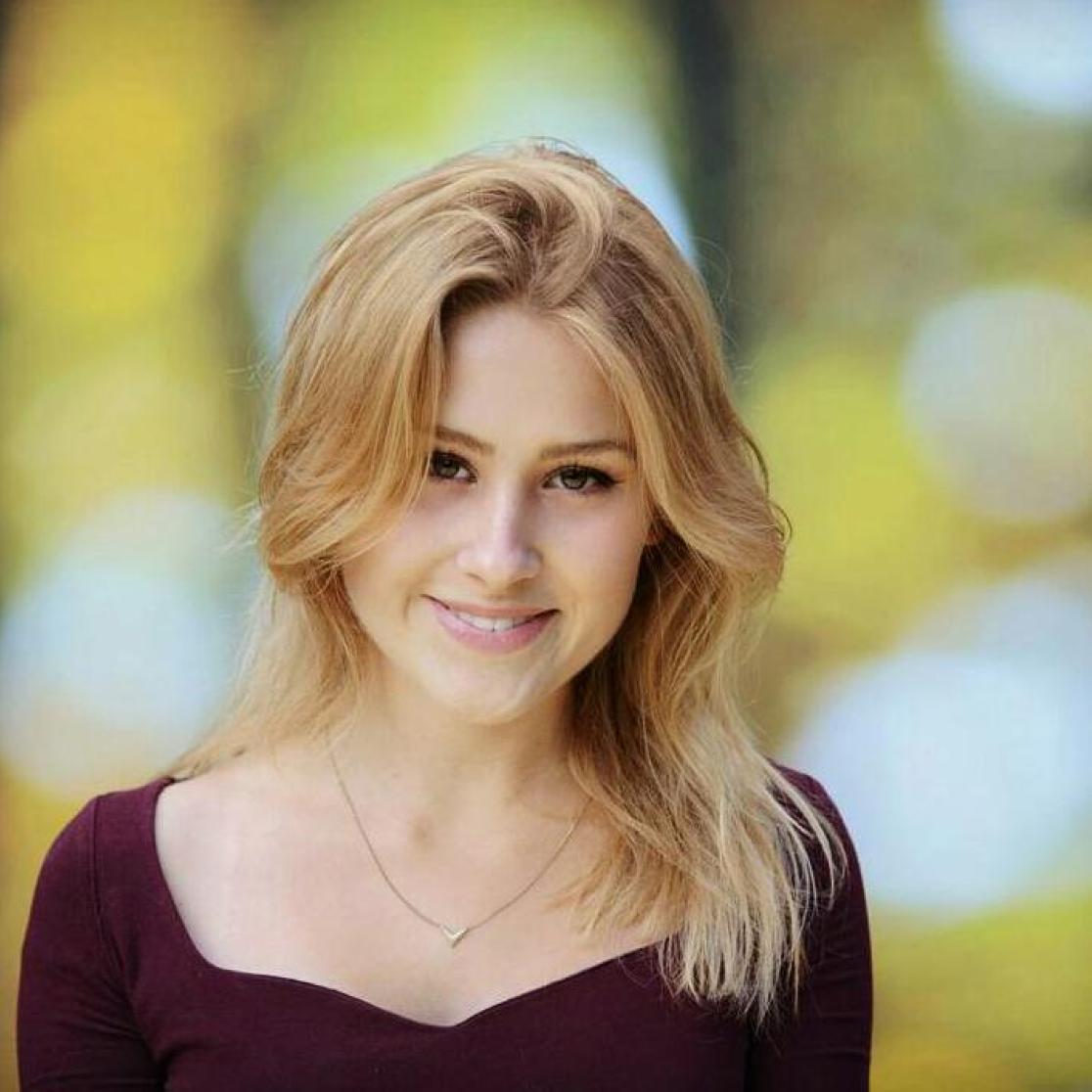
In this video Evi (in Dutch) is addressed briefly by the immediate supervisor.